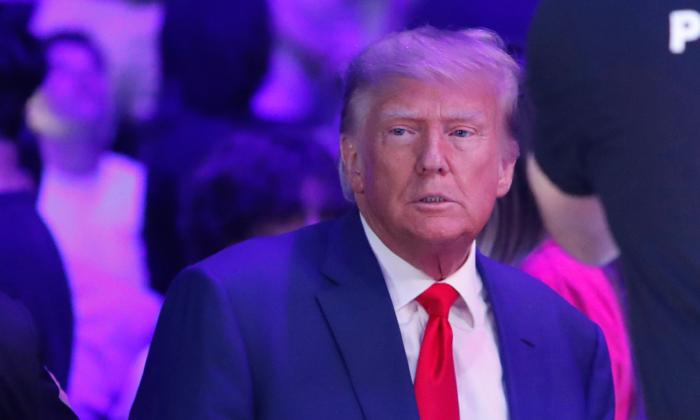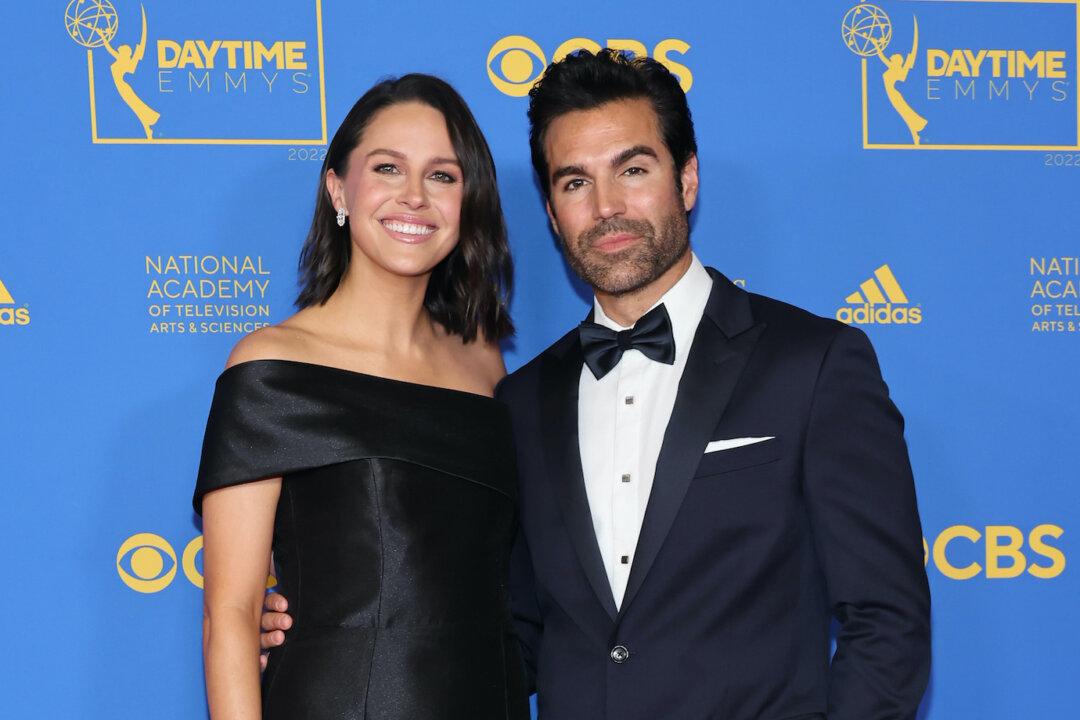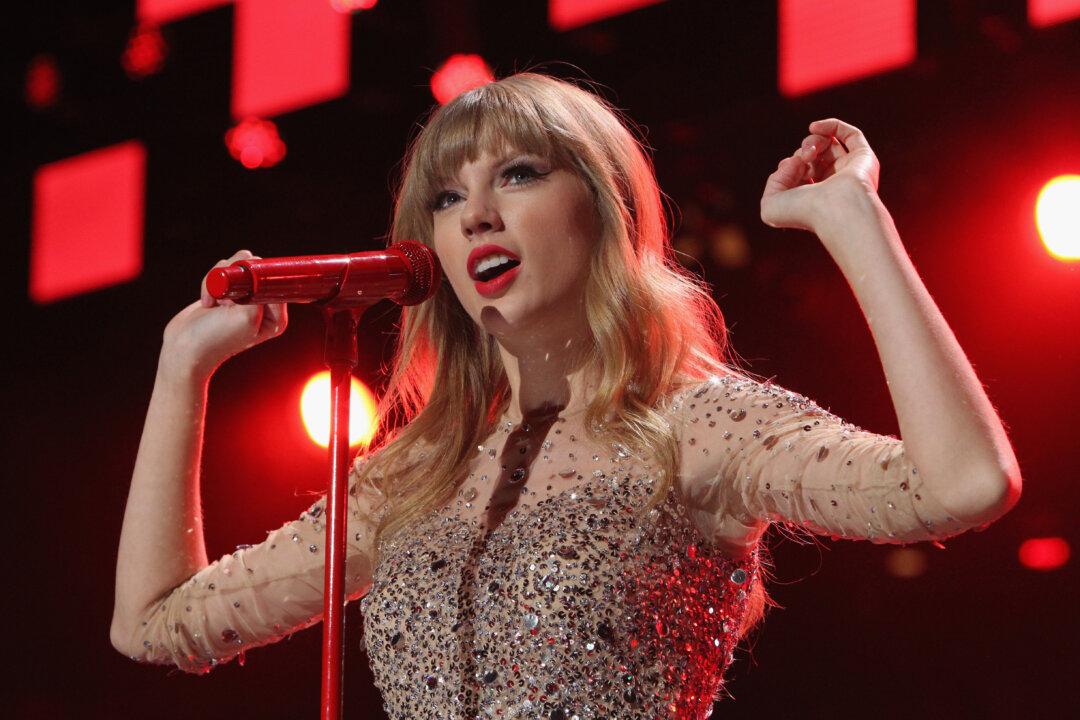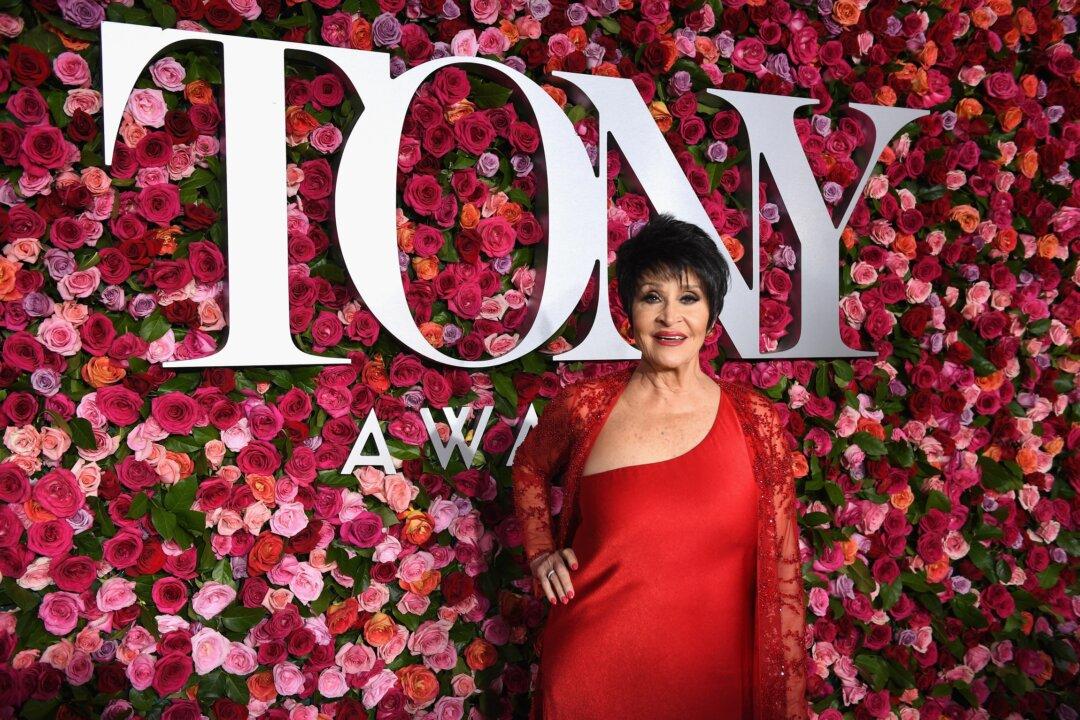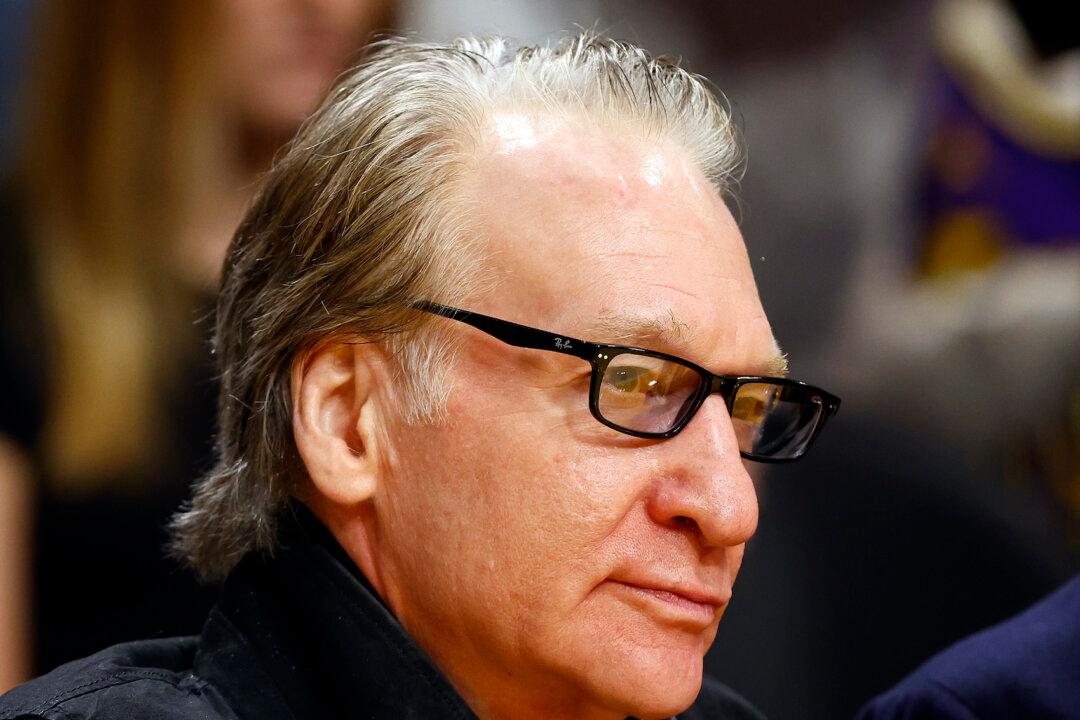Very few legal cases are worthy to be included in the category of “trial of the century,” but by all accounts, former President Donald Trump’s election conspiracy proceeding would certainly make the cut.
Democrats Cite Trial’s Historic Nature
While federal court rules have long forbidden cameras and recording devices, the enormity of the Trump case has already led 38 House Democrats to urge for an exception, while major news outlets are also expected to make an appeal to the judicial branch.“If the public is to fully accept the outcome, it will be vitally important for it to witness, as directly as possible, how the trials are conducted, the strength of the evidence adduced and the credibility of witnesses,” they added. Lawmakers who signed the letter included House Jan. 6 Committee Chair Bennie Thompson (D-Miss.) and Reps. Jamie Raskin (D-Md.), Adam Schiff (D-Calif.), and Zoe Lofgren (D-Calif.), among others.
The letter came on the same day that President Trump appeared before Magistrate Judge Moxila Upadhyaya in the U.S. District Court for the District of Columbia, pleading not guilty to the four federal charges filed against him by special counsel Jack Smith. The charges relate to his alleged efforts to challenge the results of the 2020 presidential election.
The former president has been charged with one count of conspiracy to defraud the United States, one count of conspiracy to obstruct an official proceeding, obstruction of and attempt to obstruct an official proceeding—the Jan. 6 certification of the electoral vote—and conspiracy against the rights of citizens.
In addition to the push by lawmakers, there has also been an effort by a media coalition, which includes major networks and news publications, to allow at least limited camera access. C-SPAN, which has long advocated for cameras in the Supreme Court, along with increased access in Congress, is part of that coalition.
Its most recent attempt to ease the federal court policy in the Trump legal proceedings came in June during President Trump’s arraignment.
Trump Attorney: ‘I Want the Public to See the Evidence’
If Trump attorney John Lauro had his way, he would opt for cameras to be present too.The Epoch Times reached out to Mr. Lauro for comment.
Despite this, Mr. Brill thinks the Trump trial should be televised.
Televised Trials of the Century
When it comes to the biggest televised trials of the last 30 years, the O.J. Simpson criminal trial is at the top of the heap. As the first trial televised from gavel to gavel, the eyes of the entire country were glued to their television screens for 11 months as the court proceedings were televised by Court TV and other news outlets. Judge Lance Ito held a televised hearing regarding whether or not cameras should be present, and Judge Ito ultimately allowed them. In 1981, the Supreme Court had ruled that states could pass laws allowing cameras in the courtroom. That left it up to the discretion of the presiding judge.The trial of the running back turned successful actor, who was charged with two counts of murder for the 1994 homicides of his ex-wife, Nicole Brown Simpson, and her friend, Ron Goldman, may have been the ultimate “fall from grace” story.
When Mr. Simpson was declared not guilty of murder, more than 150 million Americans—almost 60 percent of the country—watched. Court TV made the trial into television drama with its added commentary, sidebars, and added coverage. After the trial ended, the fall in ratings spurred news outlets to cover more trials.
More recently, the Johnny Depp/Amber Heard defamation case captured the attention of trial watchers. Better than any made-up movie storyline, it offered a rare glimpse inside the insatiable world of real-life Hollywood and how its biggest stars live.
In that civil case, Judge Penney Azcarate noted the numerous media requests to televise it and her responsibility to keep proceedings open to observers. If cameras were not allowed, she worried that the presence of reporters in the courthouse could potentially cause chaos.
Virginia law gives the trial judge almost total discretion over whether to allow cameras in the courtroom, except in a few instances where they’re forbidden, including the testimony of “victims and families of victims of sexual offenses.” In the case of Heard’s defense, that instance applied, with her attorney Elaine Bredehoft arguing that her client was the victim of such an assault. Judge Azcarate didn’t accept that reading of the statute, finding the rule didn’t apply to civil cases.
Options for Covering a Case With Large-Scale Public Impact
Mr. Brill said that for a rule change allowing cameras to be present, the U.S. Judicial Conference, chaired by Supreme Court Chief Justice John Roberts, would have to vote to suspend the rules prohibiting cameras, as would the judicial council of the D.C. Circuit. In addition, the Supreme Court would have to amend the federal rules of criminal procedure.Rather than appealing to the unique circumstances of the Trump case, Mr. Boutrous said that it may be better to seek a rule change that could apply to all circumstances and not be “Donald Trump specific.”
For now, as unlikely as live coverage of President Trump’s federal case seems, given futile efforts so far to secure camera or audio access to the proceedings, there are other options that would at least expand what is available.
Those options include audio coverage, which the Supreme Court began allowing during the COVID-19 pandemic. Another option includes partial coverage that allows a portion of the proceedings to be seen.
Tape delay is another option. That is what the Supreme Court did in 2000 in the Bush vs. Gore case, when it allowed the release of audio of oral arguments shortly after the trial concluded.
Virtual courtrooms might also be an option. When President Trump appeared for his arraignment in Washington, there were cameras in the courtroom, but they were there to provide a video feed to public overflow and media rooms within the courthouse. Cameras and recordings were still prohibited in those rooms, but it opened up the proceedings to more of the public and the media. One idea that has been proposed in the past is to open up the proceedings to other courthouses around the country.
The idea of virtual courtrooms was first floated in 2010 prior to the federal trial over California’s ban on same-sex marriage. The plan, which included a live video feed to designated federal courthouses, and a delayed internet broadcast, was ultimately blocked.
Ultimately many trial watchers resorted to viewing a re-enactment of the trial, staged in a mock courtroom using court transcripts and look-alike actors.
The main point, says University of Minnesota law professor Jane Kirtley, is that the high court has at times recognized that the large-scale public impact of a case merits breaking from tradition.
“My own gut feeling is the only way this is going to work is if the Judicial Conference, and [Chief Justice] John Roberts is approached with the argument of the exceptional nature of this case and that this is a one-off,” she told Deadline.
